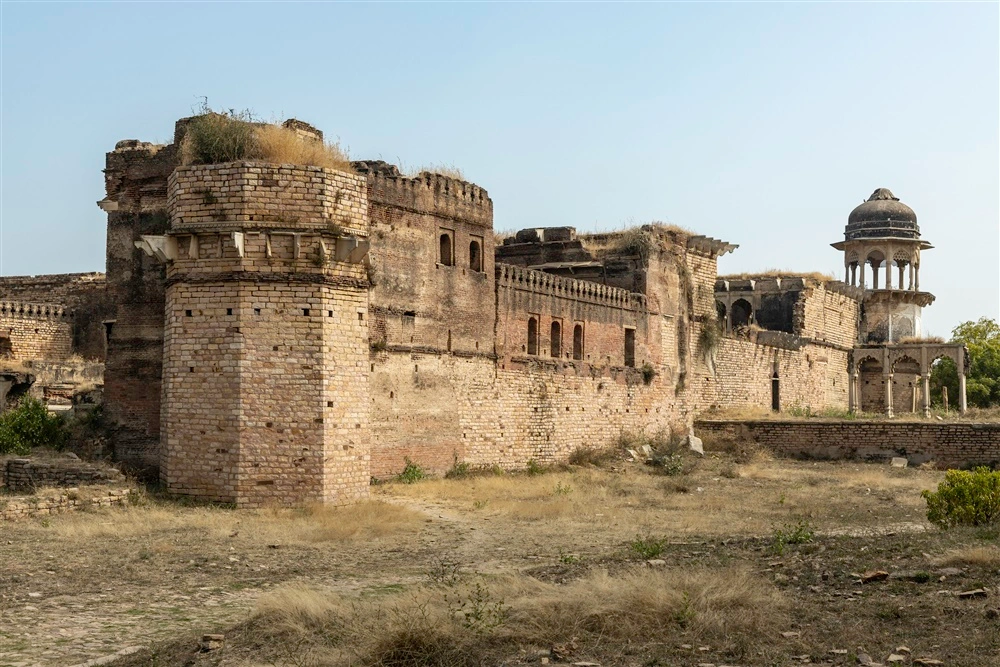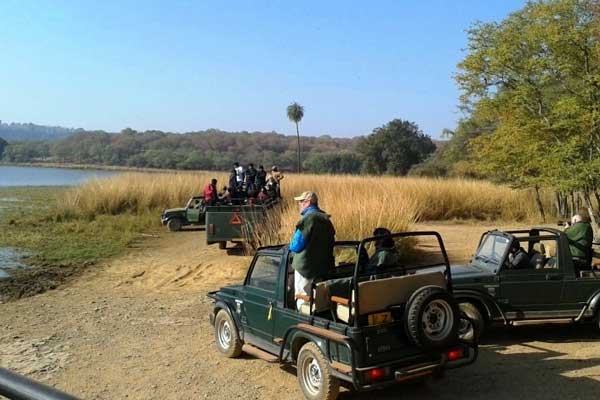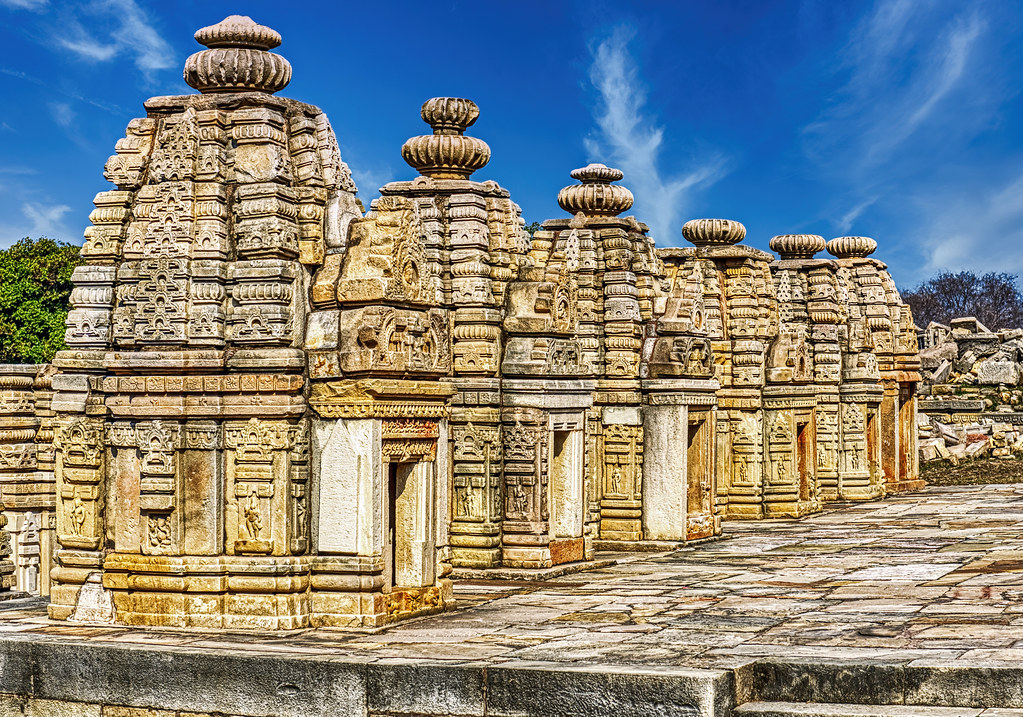Nestled in the heart of Central India, Bhind is a district that beckons travelers with its rich historical heritage, serene landscapes, and cultural vibrancy. Often overshadowed by more popular tourist destinations, Bhind offers a unique blend of historical significance and natural beauty. In this article, we will explore the best places to visit in Bhind and answer five frequently asked questions to help you plan your trip to this offbeat gem.
Gohad Fort:

One of the most iconic landmarks in Bhind is Gohad Fort, a structure that stands testament to the region’s historical prominence. Built in the 16th century by Maharaja Bir Singh Deo, the fort boasts impressive architecture and offers panoramic views of the surrounding landscape. Exploring the fort provides a glimpse into Bhind’s royal past, and the well-preserved structures within the fort premises make it a must-visit destination for history enthusiasts.
Chambal Safari:

For those seeking a rendezvous with nature, a Chambal Safari is an absolute delight. The Chambal River, which flows through Bhind, is home to diverse flora and fauna. A boat safari along the river allows you to witness the thriving ecosystem, including the critically endangered Gharial, various species of turtles, and a plethora of migratory birds. The tranquil environment and the untouched beauty of the Chambal River make this safari a memorable experience for wildlife enthusiasts and nature lovers alike.
Bateshwar Temples:

Bhind is not only about historical forts; it also houses the Bateshwar Temples, a complex of more than a hundred ancient temples dedicated to Lord Shiva. Situated on the banks of the Yamuna River, these temples showcase exquisite architecture and intricate carvings that transport visitors to a bygone era. The Bateshwar Temples are not just a pilgrimage site but also a photographer’s paradise, offering a captivating blend of spirituality and artistry.
National Chambal Sanctuary:

In addition to the Chambal Safari, the National Chambal Sanctuary deserves a special mention. Spread across three states, including Bhind, this sanctuary is a haven for wildlife conservation. Besides the Gharial and turtles, the sanctuary is home to the elusive Gangetic dolphin, various species of crocodiles, and a diverse array of birdlife. Exploring the sanctuary on a guided tour provides a unique opportunity to connect with nature and witness the efforts being made for the conservation of these endangered species.
Bhimbetka Caves:

While not within Bhind’s immediate vicinity, the Bhimbetka Caves are worth mentioning due to their proximity. Located in the Raisen district of Madhya Pradesh, a few hours’ drive from Bhind, these caves are a UNESCO World Heritage Site and showcase prehistoric rock art. The paintings, dating back to the Paleolithic era, depict the lifestyle and culture of early humans. A visit to the Bhimbetka Caves offers a fascinating journey through time, making it an essential excursion for history and anthropology enthusiasts.
FAQs:
Q1: How do I reach Bhind?
A1: Bhind is well-connected by road and rail. The nearest airport is Gwalior Airport, approximately 90 kilometers away. The Bhind Railway Station connects the district to major cities like Delhi and Gwalior. Road transport is also convenient, with regular bus services from neighboring cities.
Q2: What is the best time to visit Bhind?
A2: The ideal time to visit Bhind is during the winter months, from October to March, when the weather is pleasant for sightseeing and outdoor activities.
Q3: Are there accommodation options in Bhind?
A3: Yes, Bhind offers a range of accommodation options, including budget hotels and guesthouses. Gwalior, located nearby, provides additional choices for those seeking more upscale hotels.
Q4: Is Bhind safe for solo travelers?
A4: Bhind is generally considered safe for solo travelers. However, like any destination, it is advisable to exercise basic precautions and stay alert to your surroundings.
Q5: Are there local markets in Bhind?
A5: Yes, Bhind has vibrant local markets where you can explore traditional crafts, textiles, and local cuisine. The markets offer a glimpse into the local culture and are perfect for souvenir shopping.
